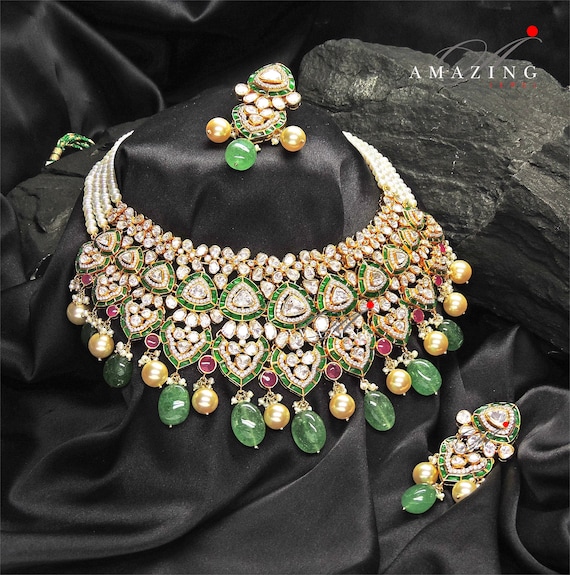
Jewelery companies in Mauritania
Mauritania, a country located in West Africa, has a growing jewelry sector that is deeply influenced by its rich cultural heritage and the presence of local artisanal traditions. While the jewelry industry is not as globally prominent as in some neighboring countries, it plays a significant role in local economies and cultural practices. Here’s an overview of the jewelry landscape in Mauritania:
1. Artisanal Jewelry in Mauritania
Artisanal craftsmanship forms the backbone of Mauritania’s jewelry industry. Traditional jewelers, often located in urban areas like Nouakchott (the capital), produce intricate designs inspired by Mauritanian and Islamic motifs. These artisans craft pieces such as necklaces, earrings, bracelets, and rings using traditional methods passed down through generations. Popular materials include:
Gold: Highly valued for its purity and cultural significance, often used for wedding jewelry.
Silver: Commonly used for traditional ornaments due to its affordability and durability.
Gemstones and Beads: Semi-precious stones like agate and amber are incorporated into many designs.
2. Cultural Significance
Jewelry in Mauritania is deeply intertwined with cultural and religious practices. Gold and silver ornaments are often given as gifts during weddings, religious ceremonies, and other important life events. The designs frequently feature symbols of protection, prosperity, or faith.
3. Key Players in the Industry
Local Workshops: Small, family-owned businesses dominate the jewelry market in Mauritania. These workshops rely on skilled artisans who create custom pieces tailored to local tastes.
Market Vendors: Jewelry is widely available in local markets, such as the Nouakchott Central Market. These vendors often sell handmade items alongside imported goods from neighboring countries like Morocco and Mali.
Regional Influence: The jewelry trade in Mauritania is influenced by its proximity to countries with strong jewelry industries, such as Morocco, which supplies modern and traditional designs.
4. Challenges and Opportunities
Challenges:
Limited Modernization: Most Mauritanian jewelry businesses are small-scale and lack advanced technology, which limits production capabilities.
Market Competition: Imported jewelry, particularly from North Africa and Europe, competes with local products.
Economic Constraints: The affordability of high-quality jewelry remains a concern for many locals.
Opportunities:
Tourism: Mauritania’s growing tourism sector provides an opportunity for artisans to market their unique designs to international visitors.
Export Potential: With the right support, Mauritanian jewelry could appeal to global markets interested in authentic, handcrafted items.
Government Support: Initiatives to support small businesses and promote cultural heritage could help boost the jewelry industry.
5. Role of International Influence
Mauritania’s jewelry industry benefits from trade and cultural exchanges with neighboring countries. The influence of Berber, Tuareg, and Arab traditions is evident in many designs. Additionally, some modern jewelers are beginning to incorporate global trends to cater to younger, fashion-conscious customers.
Conclusion
While still developing, the jewelry industry in Mauritania is a blend of tradition and emerging innovation. By preserving its artisanal heritage and embracing modern marketing strategies, the country has the potential to expand its jewelry sector on both local and international levels. As more attention is drawn to Mauritania’s cultural assets, its jewelry industry could play a significant role in promoting the nation’s identity.



Leave a Reply